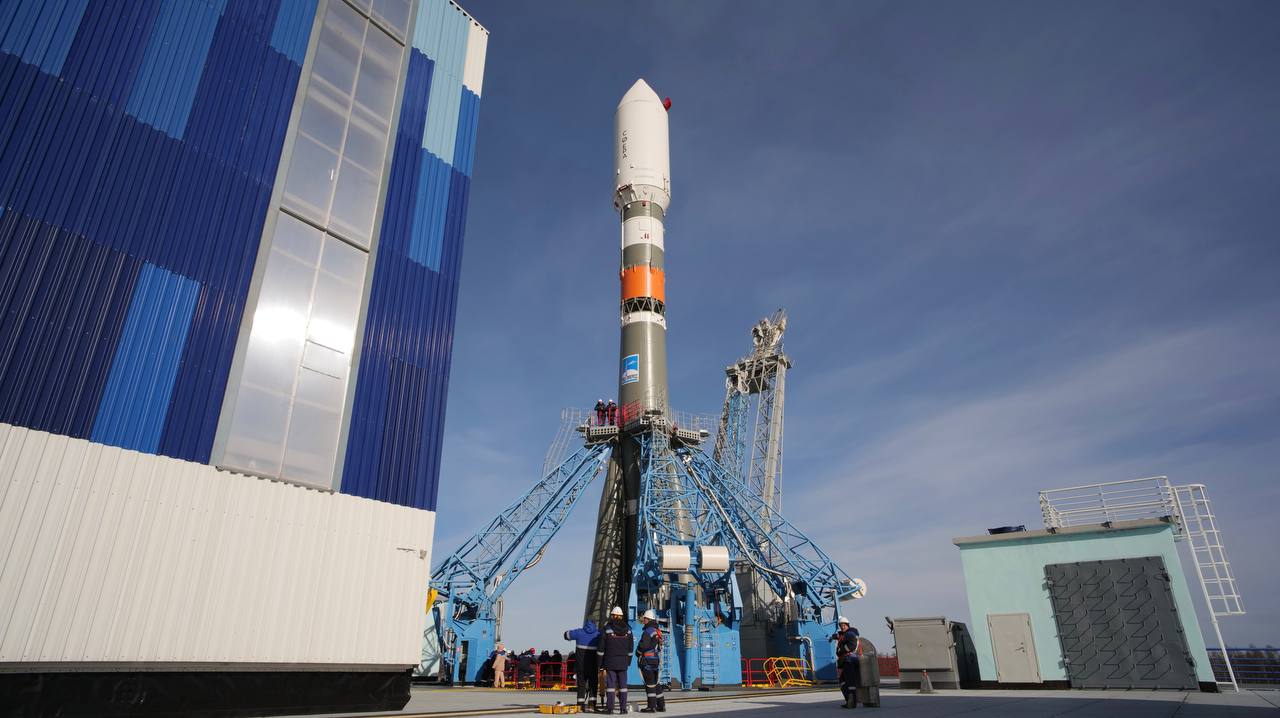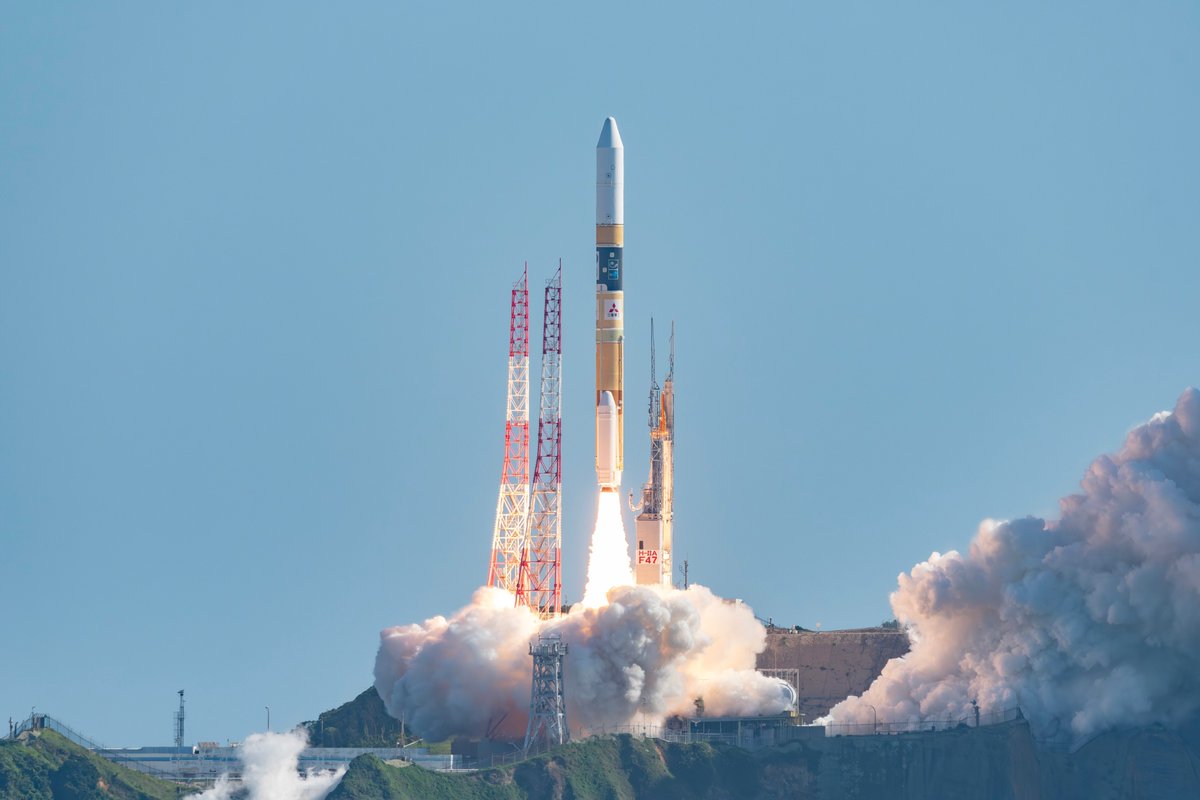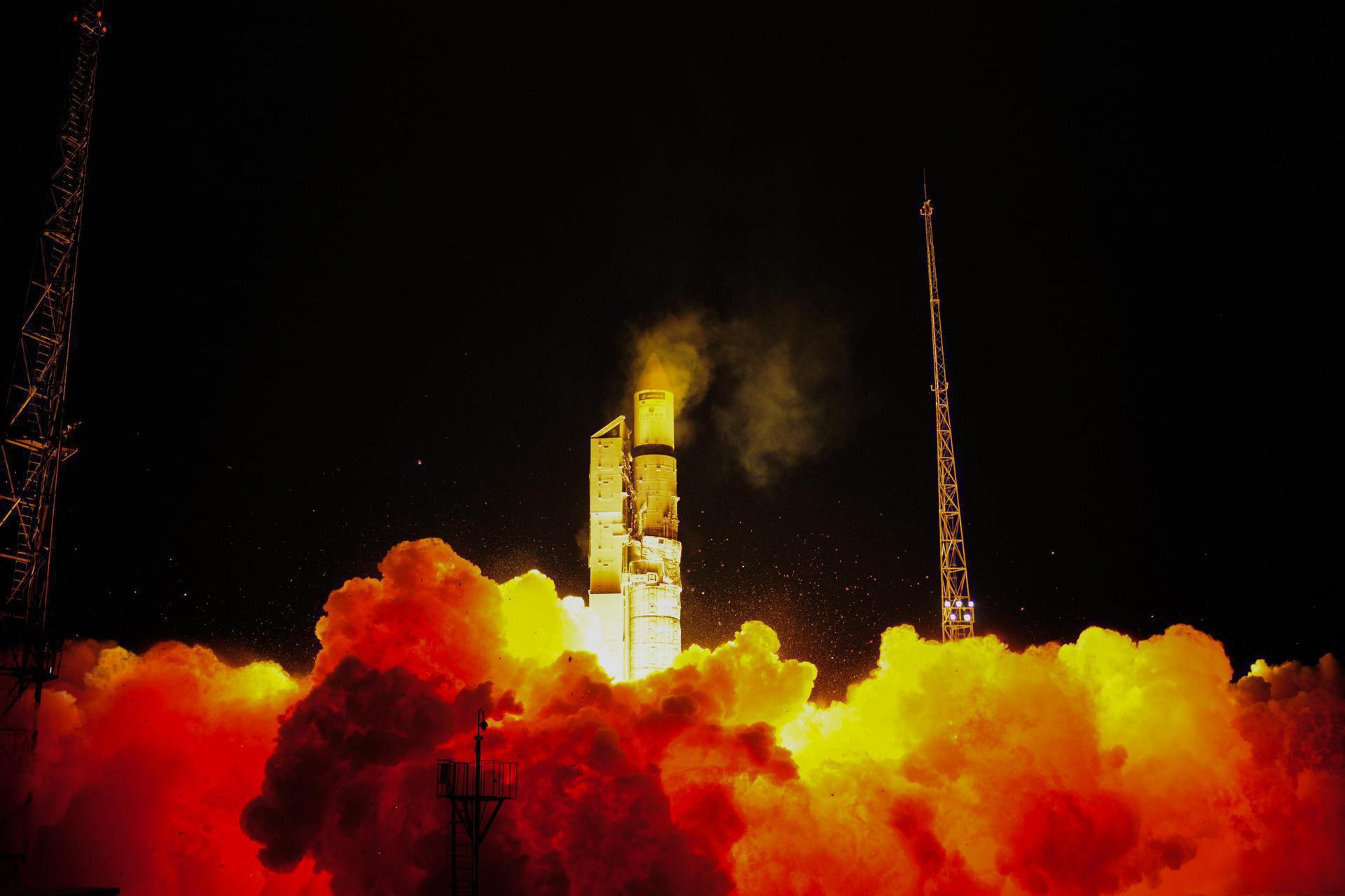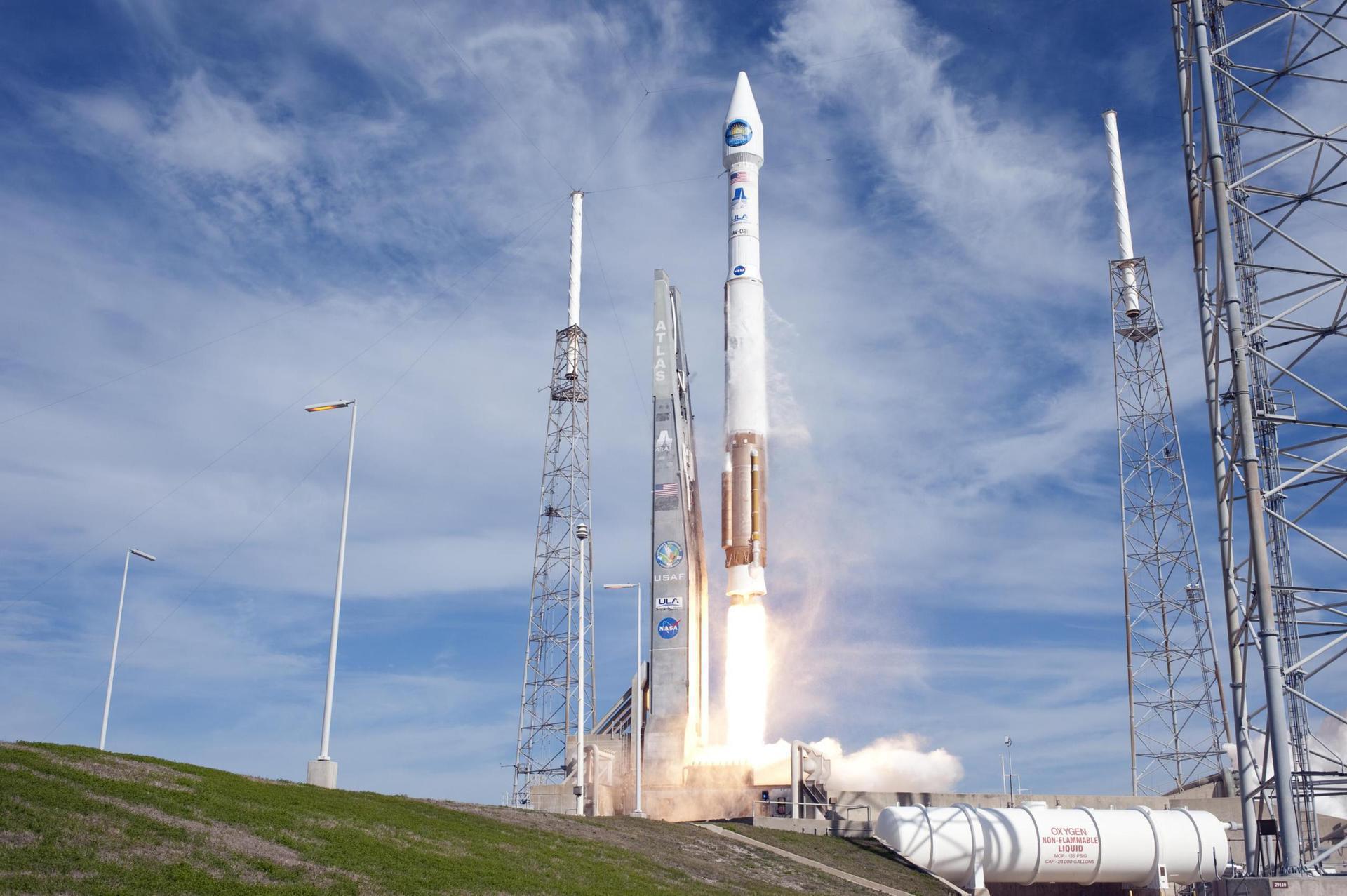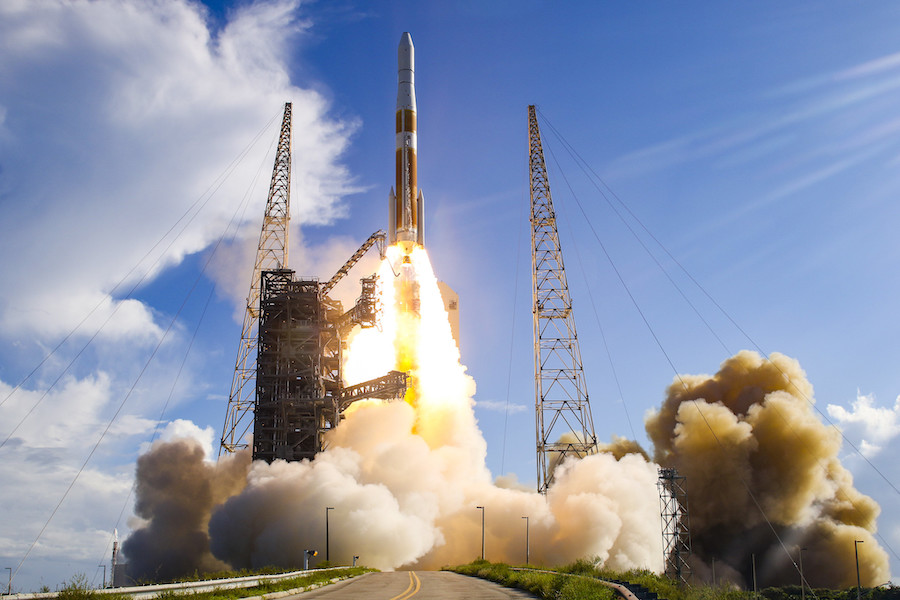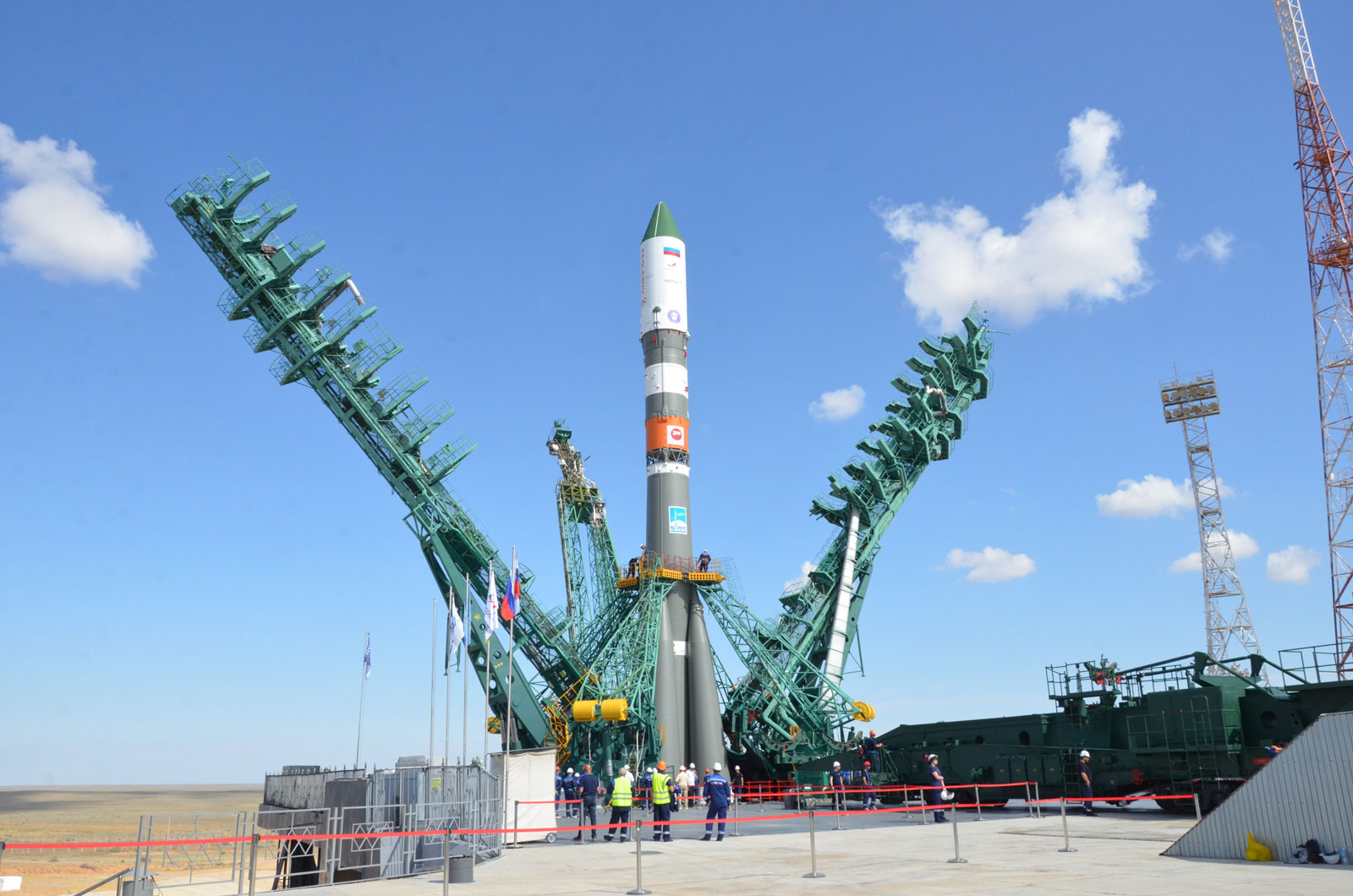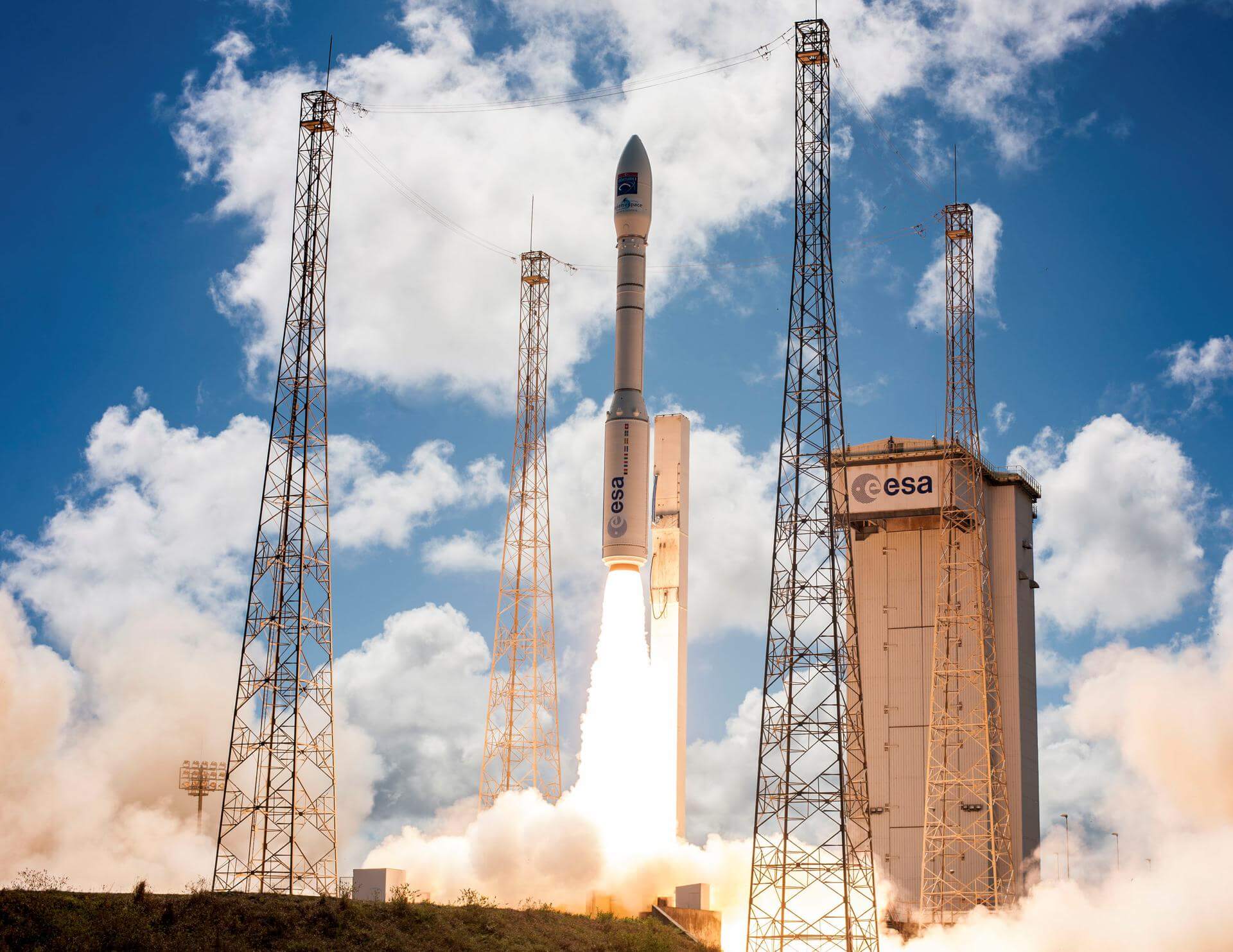Previous Spaceflight Launches
Filter by Agency, Locations or Vehicles
Show All LaunchesSoyuz-2.1b/Fregat | Glonass-M (Kosmos 2500)
Progress Rocket Space Center | RussiaPlesetsk Cosmodrome, Russian Federation
June 14, 2014, 5:16 p.m.
Status: Launch Successful
Mission:
Glonass-M, also known as Uragan-M, are the second generation of Uragan satellite design used for GLONASS satellite navigation system. GLONASS is a Russian space-based navigation system comparable to the similar GPS and Galileo systems. This generation improves on accuracy, power consumption and design life. Each satellite weighs 1415 kg, is equipped with 12 L-band antennas, and has an operational lifetime of 7 years.
Medium Earth OrbitSoyuz FG | Soyuz TMA-13M
Progress Rocket Space Center | RussiaBaikonur Cosmodrome, Republic of Kazakhstan
May 28, 2014, 7:57 p.m.
Status: Launch Successful
Mission:
Soyuz TMA-13M begins expedition 40 by carrying 3 astronauts and cosmonauts to the International Space Station. Russian Commander, cosmonaut Maksim Surayev alongside Flight Engineers, Gregory R. Wiseman (NASA) & Alexander Gerst (ESA) will launch aboard the Soyuz spacecraft from the Baikonur Cosmodrome in Kazakhstan and then rendezvous with the station. It landed on 10 November 2014 03:58 UTC
Low Earth OrbitZenit 3SL | Eutelsat 3B
Sea Launch | RussiaSea Launch
May 26, 2014, 9:09 p.m.
Status: Launch Successful
Mission:
With up to 51 transponders, the EUTELSAT 3B satellite will complement Eutelsat’s capacity portfolio and geographic reach, adding resources in three frequency bands connected to fixed and steerable antennas for maximum flexibility.
Geostationary Transfer OrbitH-IIA 202 | ALOS-2
Mitsubishi Heavy Industries | JapanTanegashima Space Center, Japan
May 24, 2014, 3:05 a.m.
Status: Launch Successful
Mission:
ALOS 2 (Advanced Land Observation Satellite 2) is a planned radar Earth observation satellite to be used for cartography, regional observation, disaster monitoring, and resource surveying. It is the follow up to the radar component of ALOS (Daichi)
Sun-Synchronous OrbitRokot / Briz-KM | 3x Strela-3M (Kosmos 2496, Kosmos 2497, Kosmos 2498) & Kosmos 2499
Russian Aerospace Defence Forces | RussiaPlesetsk Cosmodrome, Russian Federation
May 23, 2014, 5:27 a.m.
Atlas V 401 | NROL-33 (Quasar)
United Launch Alliance | United States of AmericaCape Canaveral SFS, FL, USA
May 22, 2014, 1:09 p.m.
Delta IV M+(4,2) | GPS IIF-6 (USA-251)
United Launch Alliance | United States of AmericaCape Canaveral SFS, FL, USA
May 17, 2014, 12:03 a.m.
Status: Launch Successful
Mission:
GPS IIF (Global Positioning System) or Navstar-2F (Navigation System using Timing And Ranging) satellites are the fourth evolution stage of the second generation of the GPS satellites. Improvements included an extended design life of 12 years, faster processors with more memory, and a new civil signal on a third frequency.
Medium Earth OrbitProton-M Briz-M | Ekspress-AM4R
Khrunichev State Research and Production Space Center | RussiaBaikonur Cosmodrome, Republic of Kazakhstan
May 15, 2014, 9:42 p.m.
Soyuz 2.1a | Kobalt-M (Kosmos 2495)
Progress Rocket Space Center | RussiaPlesetsk Cosmodrome, Russian Federation
May 6, 2014, 1:49 p.m.
Vega | KazEOSat 1
Avio S.p.A | ItalyGuiana Space Centre, French Guiana
April 30, 2014, 1:35 a.m.
